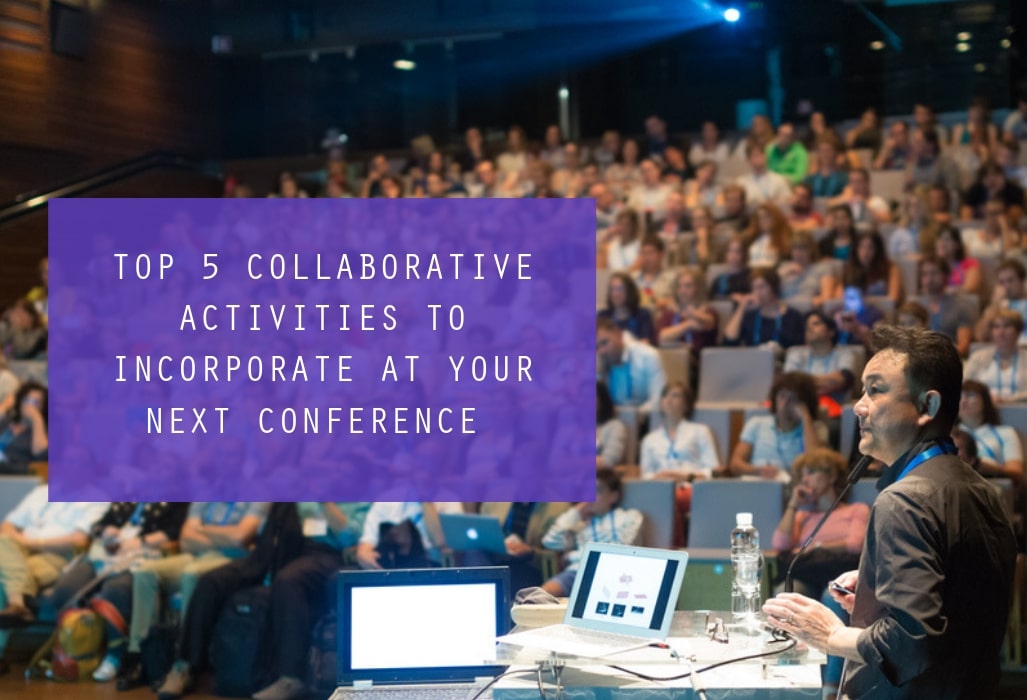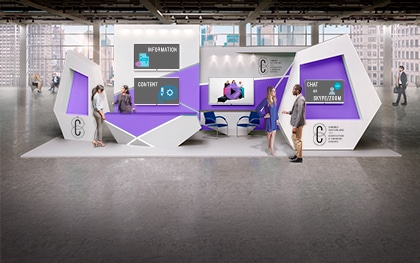Are you looking for ways to revamp your next conference or event? Conference management is complex, with many intricacies to consider, but if you have daily your activities planned, it will be one less aspect to worry about and a major one at that.
There are some very interesting ways to encourage and facilitate new ways of engaging, learning, collaborating and networking to make your event a memorable one. These do not necessarily involve state-of-the-art technologies, nor will they cost you a fortune.
The whole point of the 5 methods below is to keep attendees engaged, informed and entertained so that they leave your conference with a deeper insight into your industry. These methods are all collaborative and offer value.
Here are the top 5 collaborative activities to incorporate at your next conference
1. World Café methodology
Pulling from seven integrated design principles, the World Café methodology is a simple, efficient, and flexible format for hosting large group dialogue such as a conference or meeting.
This methodology can be tailored to meet a wide array of needs. Specifics such as context, numbers, purpose and location can be factored into each conference’s particular invitation and design.
It is conducted through several rounds of discussion for groups of 4-6 seated around a table. Each round is based on a question.
At the end of each relatively brief round, the groups rotate to the next table. A table host is left behind who welcomes the next group and quickly fills them in on what happened in the previous discussion.
Once all rounds have been completed, the primary points from each table are then discussed collectively amongst all groups.
2. Lightning Talks method
A lightning talk is a brief presentation lasting just a few minutes. Several lightning talks will usually be delivered by different speakers in a single session, which is usually referred to as a data blitz.
They are effective because they give speakers a limited amount of time to make their presentation which forces them to make their point clearly and quickly. Cutting out any opportunity for rambling. If the presentation includes slides, these move forward automatically so the speaker will not be able to harp on certain topics.
The result?
An attentive audience. Oftentimes, speakers lose the attention of their audience if a presentation is too long. This eradicates that. In a data blitz, a timeframe of up to 60 is usually allocated, allowing for up to 12 speakers.
3. Jigsaw Sessions
This is a brilliant, cooperative learning technique where a sizeable group is divided into groups of 5 or 6 – referred to as ‘Jigsaw Groups’.
Topics that are delivered in each session are also divided into 5 or 6 segments. How it works is that each participant in a jigsaw group is assigned to learn one of these segments. They are usually guided by an external instructor.
Individuals assigned to the same segment are given time to discuss their learnings and practice the presentations they will deliver to their jigsaw groups. Then, when they re-join their groups, each member presents their segment to their respective group members.
Usually, instructors move from group to group to ensure the process is running smoothly and correctly. Once the session ends, a quiz is then given to test everyone’s knowledge on the topics.
4. Personal Introspective sessions
Personal introspective sessions are where attendees personally reflect on their answers to five questions in private. Once they have done this, all attendees then afforded the opportunity to share their answers with the group, although this is not obligatory.
The best time to use this method is towards the end of the event, normally before the final group session. If your conference is a multi-day event, then we recommend holding these sessions as the first activity on the very last day. What this effectively does is reinforce what attendees learnt at your conference. So that it is thoroughly instilled in them.
5. Offsite Events, post-event entertainment
After a day of intense concentration, attendees will most likely want to relax. Offering post-event entertainment is a fantastic way to keep attendees engaged. It is also a great opportunity for everyone to get to know each other for networking purposes and to create meaningful business relationships.
Conference management can be extremely stressful, so it is also an opportunity for you and your team to enjoy yourselves. Some ideas for offsite events can be dinners, sightseeing tours, and even sporting events or concerts.
If you have any challenges while planning your conference, get in touch with us at Congrex. Over the last four decades, we have organised hundreds of conferences and meetings all over the globe and our expertise will go a long way in improving your event.
—
Congrex Switzerland is an internationally operating agency delivering customised solutions. This encompasses the overall organisation of conferences and meetings including the management of hotel rooms and the strategic consultancy. Annually Congrex Switzerland organises approximately 45 events with over 73’000 delegates. Amongst our clients are international associations, governmental organisations and corporations.




